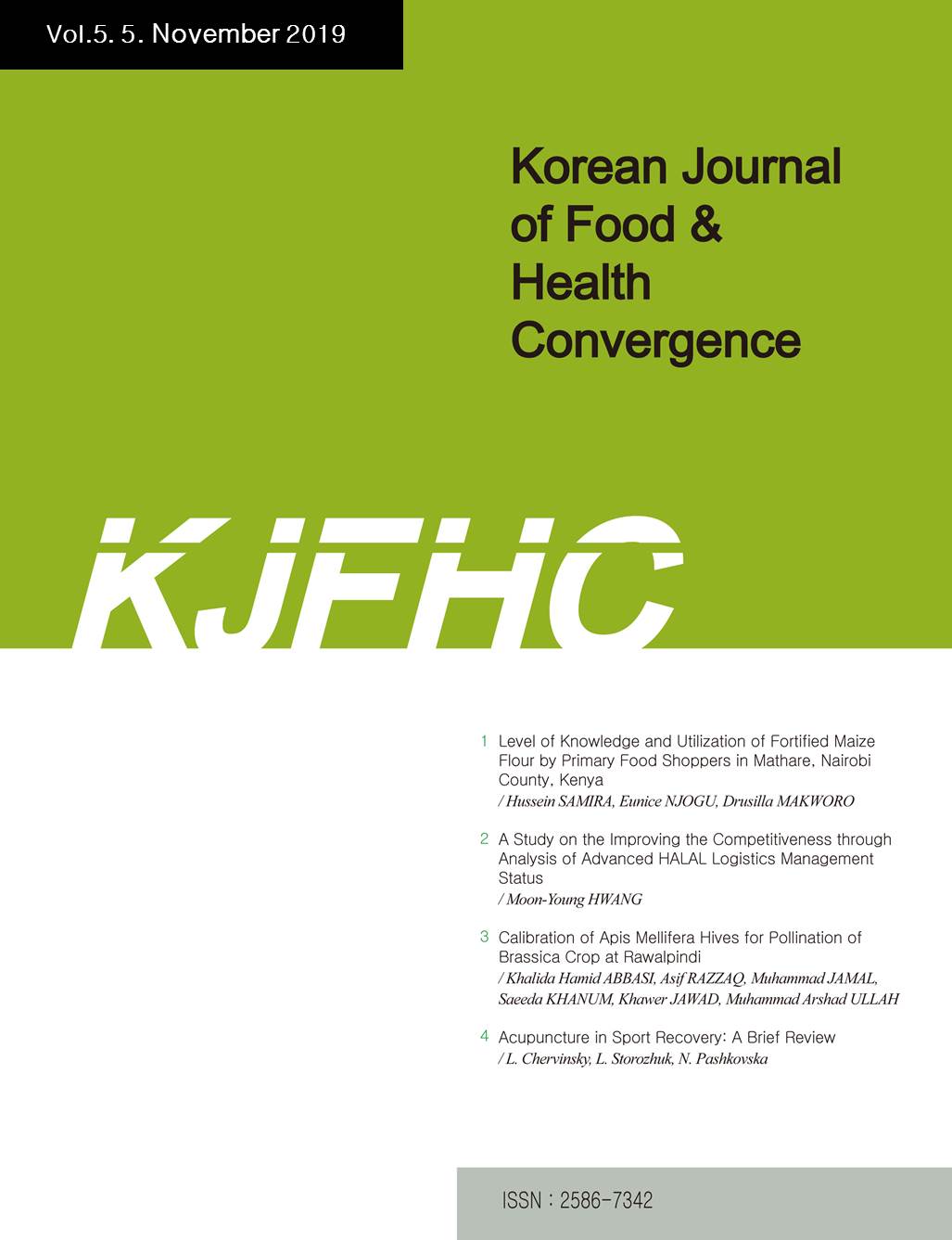 E-ISSN : 2586-7342
E-ISSN : 2586-7342
Abstract
In today's technological development of human society more and more influence on the lives of biological organisms different electromagnetic radiation. Therefore, the study and analysis of the mechanisms of their effects is an urgent task. The purpose of research - the study of the primary mechanisms of interaction of photons of optical radiation with the structures of biological objects, using the laws of quantum mechanics and biophysics. Photobiological basis of the mechanism of action of EMR optical range is the energy absorption of light quanta (photons) by atoms and molecules of biological structures (law Grotgus-Draper), which resulted in the formation of electronically excited states of these molecules with the transfer of photon energy (internal photoeffect). This is accompanied by electrolytic dissociation and ionization of biological molecules. The degree of manifestation of photobiological effects in the body depends on the intensity of the optical radiation, which is inversely proportional to the square of the distance from the source to the irradiated surface. Accordingly, in practice, determine not the intensity and irradiation dose at a certain distance from the source of exposure by the exposure time.
- keywords
- Efficiency, Biological Activity, Optical Radiation, Animal Organism
- Downloaded
- Viewed
- 0KCI Citations
- 0WOS Citations
